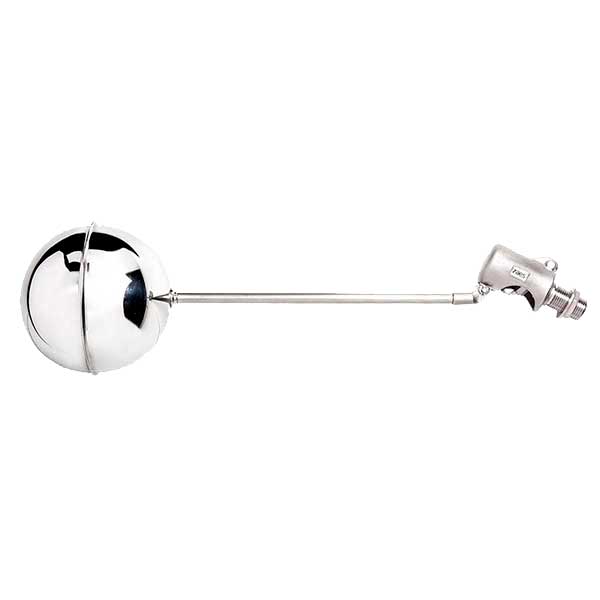What is a valve
of Float
Stainless steel (Inox) water tank float valves, water tank float valves, drinking water float valves, float valves, float valve, float valve with float, etc... are those valves that attempt to maintain a constant level in the liquid storage tank / reservoir, ensuring that the incoming fluid provides filling without overflowing.
The major advantage of these stainless steel float valves is that they require minimal maintenance and, because they are mechanically operated, they do not need to be in close proximity to any electrical, pneumatic or mechanical supply. However, periodic visual inspections are recommended to check the correct operation of the valve.
ZAES, as a manufacturer of float valves, recommends that our stainless steel float valves are visually inspected at least once a year.
Features and functions
of a float valve
It should be added that for each fluid the most suitable material for the application should be considered, which will help to extend the life cycle of the float valve and keep the system safe and active for a long time.
What types of float valves are there?
At Zaes, as a manufacturer of float valves for over 60 years, we guarantee a quality product for your installations.
The float valve has the following characteristics:
Operation of the
Float Valves
Whether in the water tank or in the tank of other fluids such as food additives, fuels, etc... the float valve works in the same way, the fluid enters the pipe connected to the float valve and falls continuously to fill the tank or reservoir.
When the tank or reservoir is full the float valve, which is connected / threaded to a float / ball that is floating in the fluid, rises causing a rod to actuate the valve mechanism causing the shutter disc or obturator to close causing the valve to be completely closed and not allowing the tank or reservoir to fill any further.
When the tank or reservoir is empty again the float/ball lowers and the float valve reopens to let the fluid back in.

